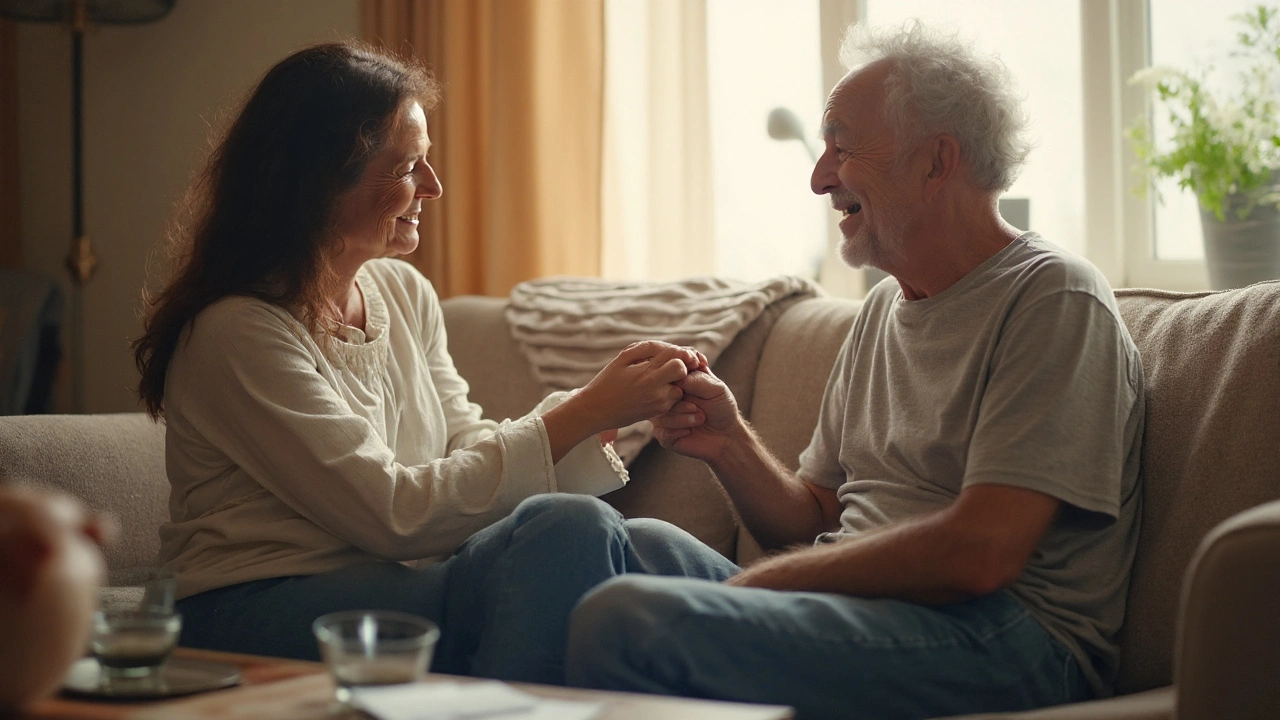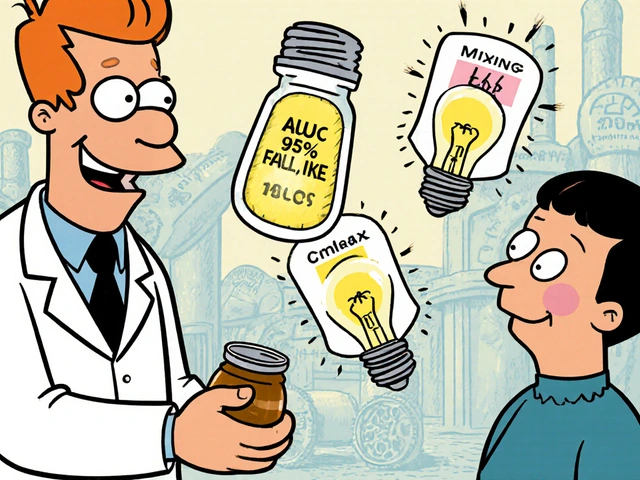Urinary Spasm Relief: Simple Ways to Calm Your Bladder
If you’ve ever felt a sudden, urgent need to pee that comes with pain or cramping, you know how annoying urinary spasms can be. They disrupt work, sleep, and even a simple walk in the park. The good news? Most people can tame these spasms with easy changes at home, a few over‑the‑counter products, or a short visit to the doctor.
What Triggers Bladder Spasms?
First, let’s pinpoint why the bladder sometimes goes into overdrive. Common triggers include caffeine, alcohol, spicy foods, and even stress. Dehydration can make urine more concentrated, irritating the bladder lining. Some meds—like antihistamines or diuretics—also play a part. Knowing your triggers helps you cut them out before they cause a flare‑up.
Practical Steps to Find Relief Fast
1. Hydrate the right way. Aim for 6‑8 glasses of water a day, but spread the intake throughout the day. Too much at once can overload the bladder; too little makes urine harsh.
2. Cut the bladder irritants. Swap coffee for tea, limit soda, and avoid spicy sauces for a week. Notice if the urgency drops—that’s a quick win.
3. Warm compress. Placing a warm heating pad on your lower belly for 10‑15 minutes relaxes the muscle wall of the bladder and eases cramping.
4. Over‑the‑counter options. Phenazopyridine (a urinary pain reliever) can dull the sting for a day or two. Anticholinergic pills like oxybutynin are also sold without a prescription in some places; they calm the bladder’s overactive signals.
5. Pelvic floor exercises. Simple Kegels—tightening the muscles you use to stop urine—can strengthen control. Do three sets of ten squeezes each day, holding each squeeze for five seconds.
6. Stress management. Quick breathing tricks (inhale for four seconds, hold, exhale for six) lower the nervous system’s “fight‑or‑flight” response, which often fuels spasms.
If these home tricks don’t help after a week, it’s time to talk to a doctor. They may suggest prescription meds like mirabegron, cystoscopy to check for stones, or a bladder training program. Don’t ignore persistent pain—sometimes an infection or bladder stone is behind the spasms.
Bottom line: urinary spasms are usually manageable with a few lifestyle tweaks and smart use of OTC products. Keep a short diary of what you eat, drink, and how often you feel the urge. That record makes it easy to spot patterns and share them with your healthcare provider. With the right approach, you can reclaim comfort and stop those annoying bladder bursts from ruling your day.




